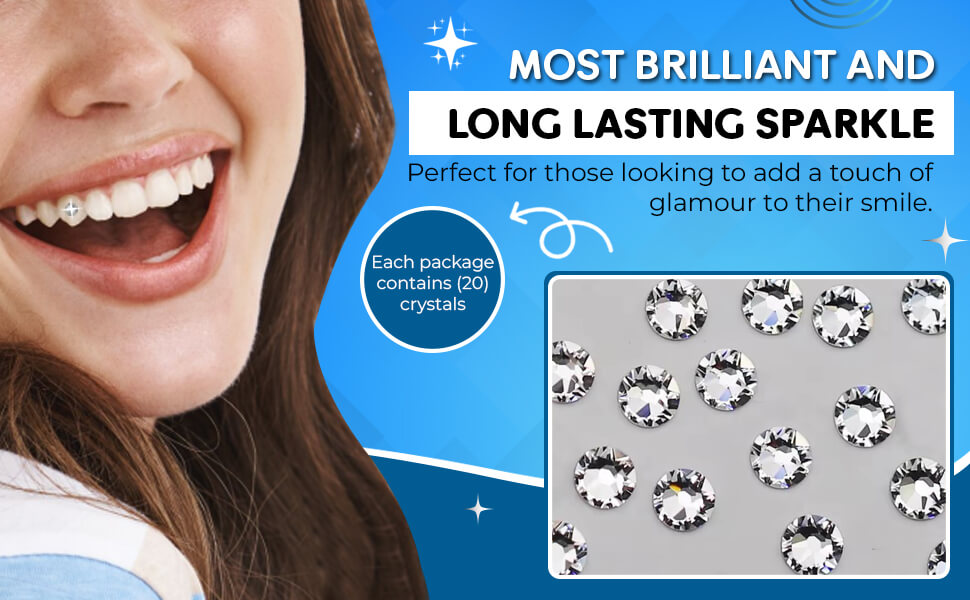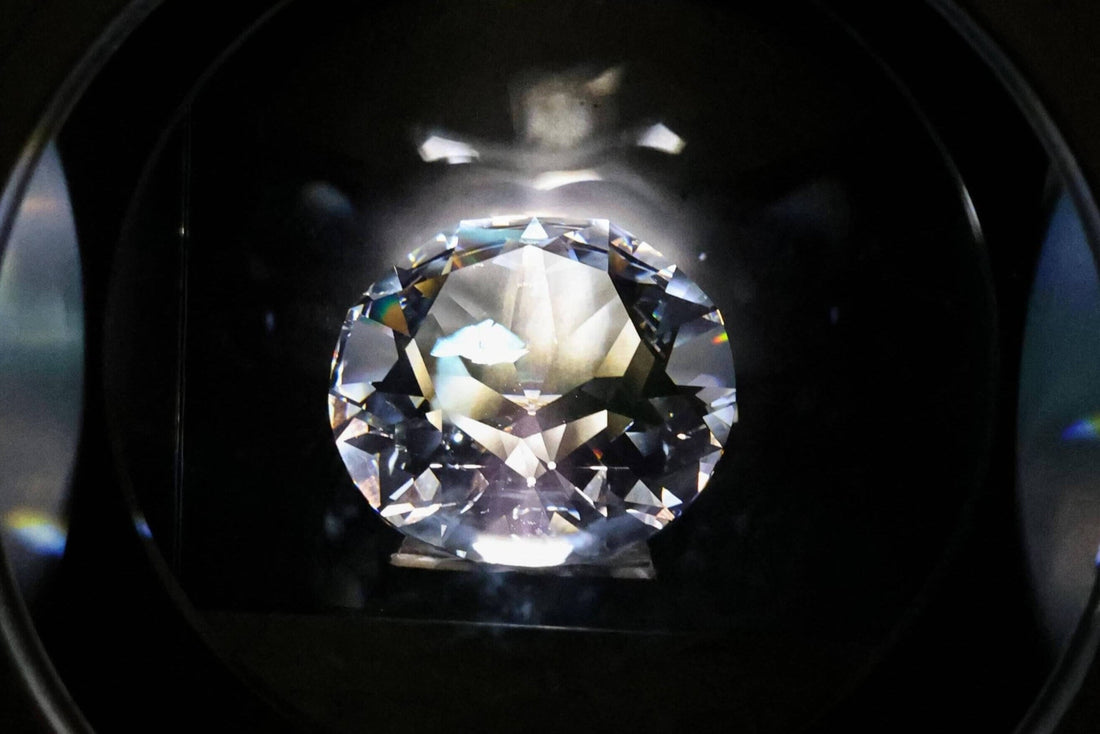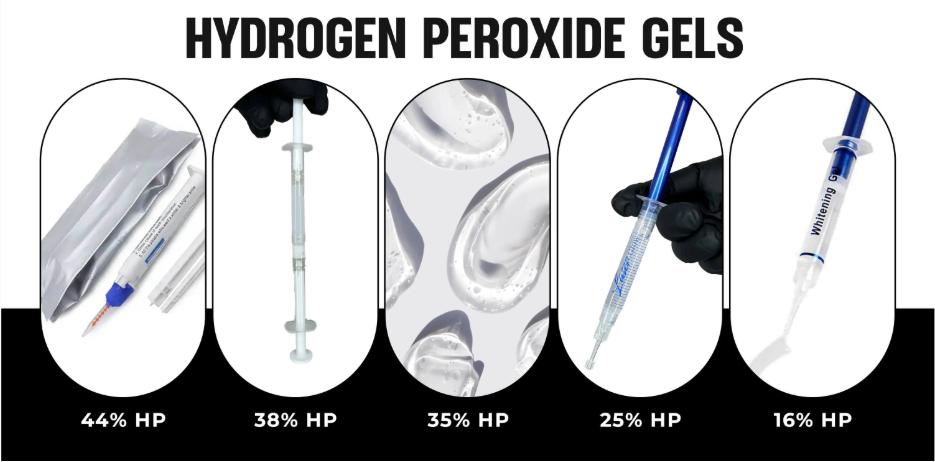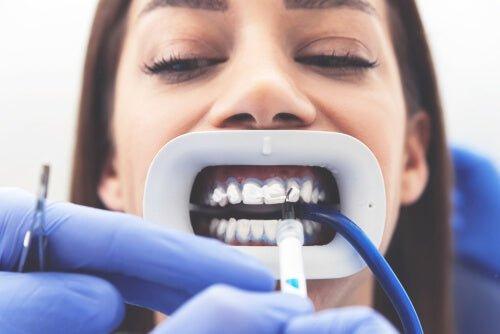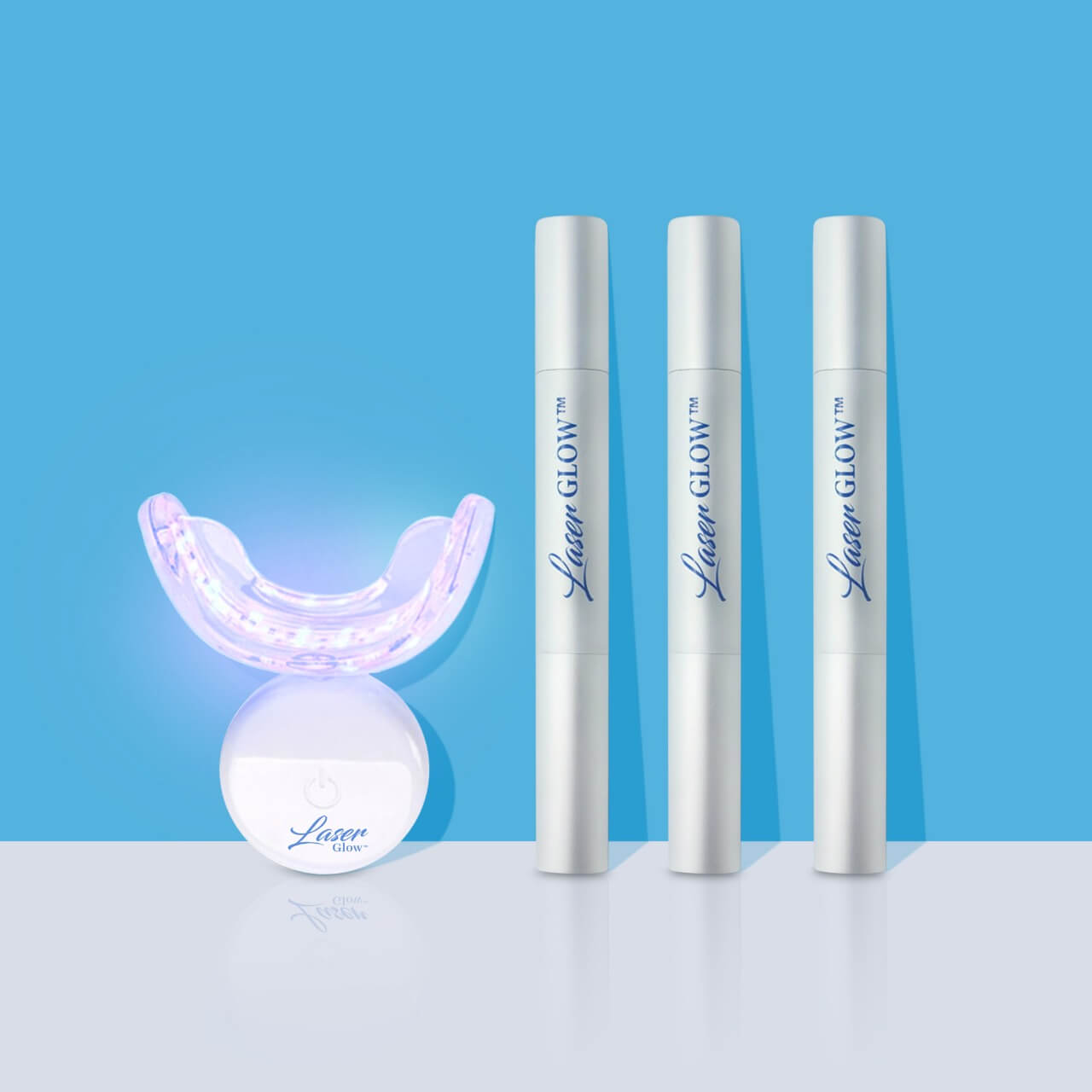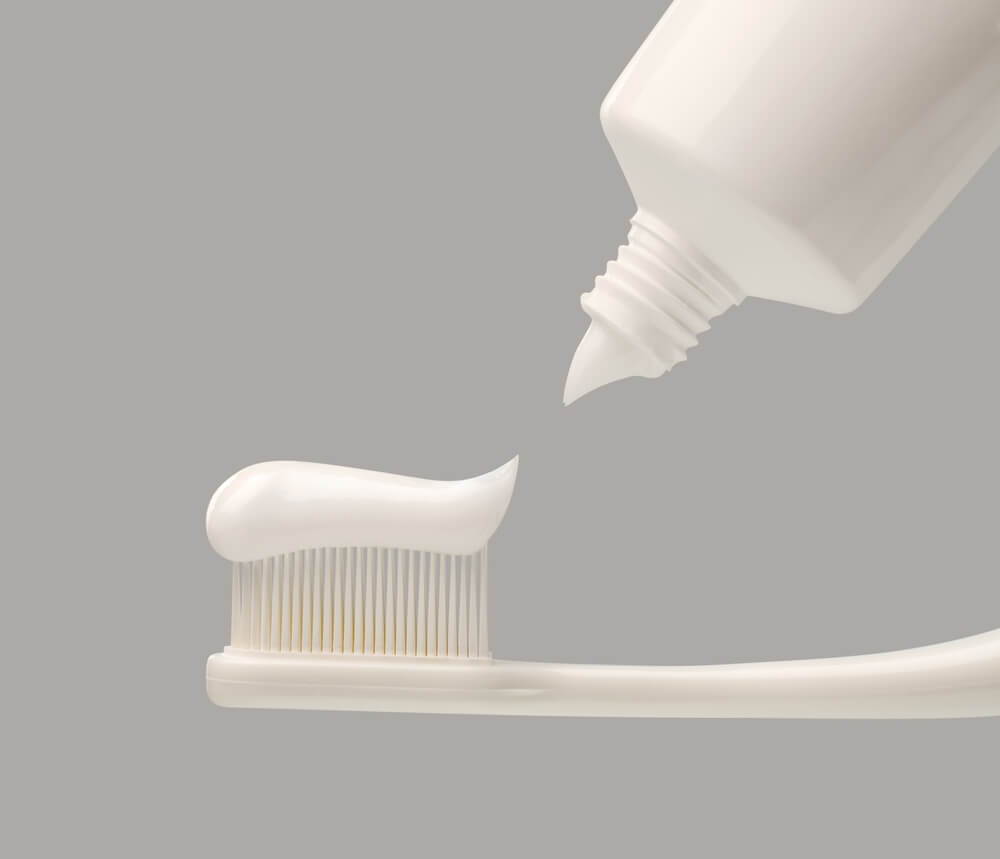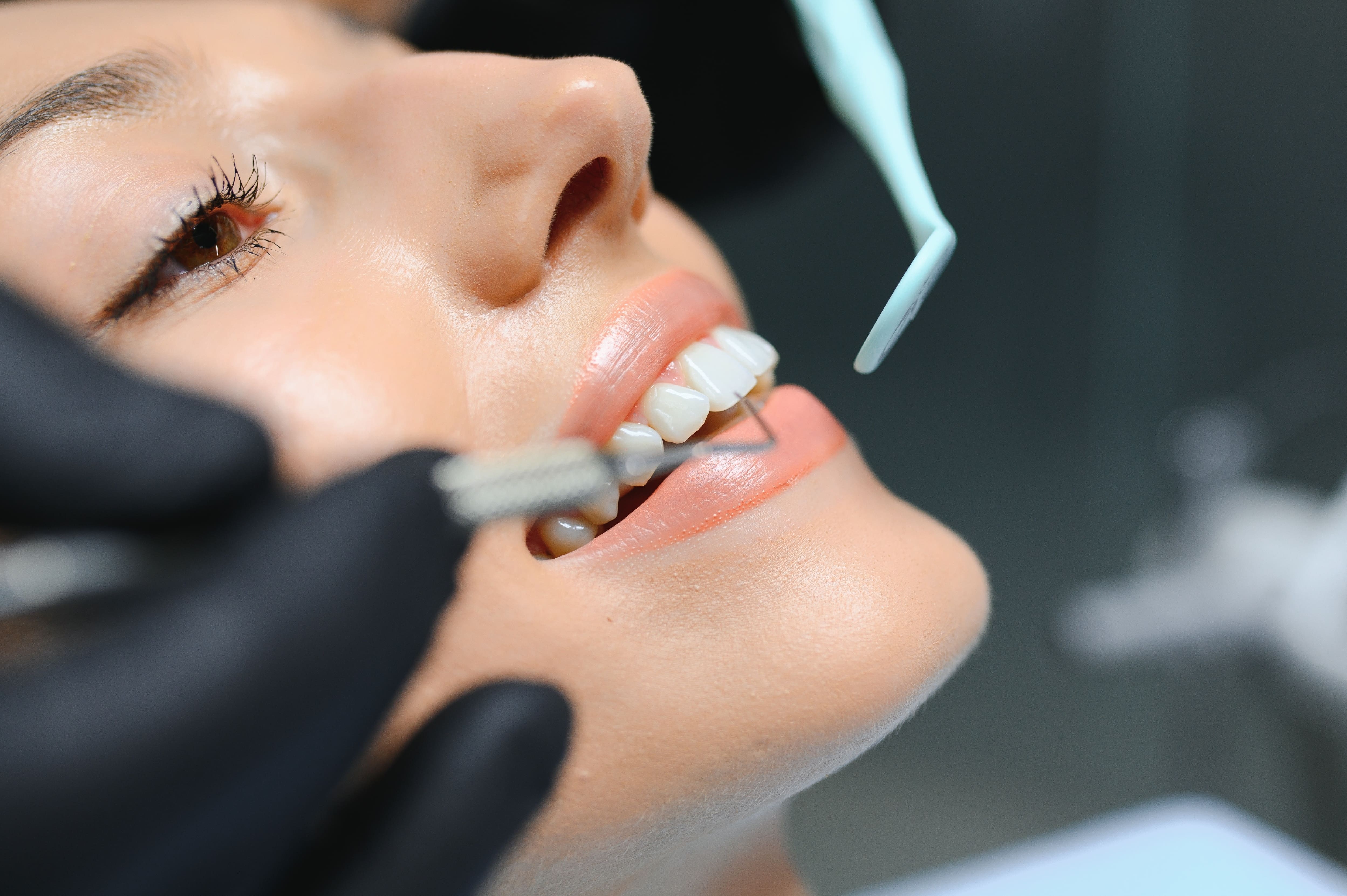Tooth gems usually last anywhere from six months to two years, depending on how they’re applied and how well you take care of them. But if you're wondering, "Will mine fall off in a week?" or "Are they safe for my enamel?" — you're not alone.
In this guide, we’ll give you a clear answer about how long tooth gems actually last, what affects their lifespan, and how to care for them properly. Plus, we’ll bust a few popular myths that cause confusion (like whether they ruin your teeth — spoiler: they don’t).
Whether you're considering your first gem or want to make your current one last longer, this is everything you need to know — written by professionals, not just influencers.
1. Tooth gems last 6–24 months when applied professionally and cared for properly.
2. Their lifespan depends on factors like adhesive quality, gem type, and daily habits.
3. Gentle brushing, soft foods, and no whitening products can help them stay on longer.
4. Common myths about enamel damage or brushing restrictions are mostly false.
5. They’re safe, removable, and reversible when done by trained professionals.
How Long Do Tooth Gems Last?
Most professionally applied tooth gems stay on for 6 months to 2 years — sometimes even longer. The actual duration depends on things like:
-
The type of adhesive used (dental-grade vs cosmetic)
-
Your oral hygiene and eating habits
-
Whether it was done by a trained technician or through a DIY kit
Some people lose theirs in a few weeks, while others keep it for over 18 months without issues. It really comes down to how well you take care of it and the method used during application.
“The most common issue we see is people using non-dental glue at home. That’s why their gems pop off in days,” says Maria Vega, Certified Tooth Gem Technician.”
What Affects Tooth Gem Longevity?
1. Adhesive Quality
Professional technicians use enamel-safe, dental-grade adhesives that bond the gem without harming the tooth. These are the same materials used for braces and dental brackets.
By contrast, most DIY kits use nail glue or cosmetic adhesive, which can wear off in a week — or worse, damage your enamel.
Pro Tip: Always ask your technician what type of bonding material they use.
2. Tooth Surface Preparation
Tooth gems adhere best to:
-
Clean, dry teeth
-
No residue from fluoride or whitening treatments
-
Slightly etched enamel (a standard prep step by pros)
If the tooth isn’t properly prepared, the gem won’t last — no matter how strong the glue is.
3. Gem Type & Weight
Heavier gems like gold or opal charms tend to require stronger adhesives and may fall off sooner if not properly bonded. Lightweight gems like Swarovski crystals often last longer because they don’t pull on the adhesive.
4. Application Method: Pro vs. DIY
Let’s be real: professional application always wins. Trained technicians:
-
Sanitize your tooth
-
Use correct bonding steps
-
Apply curing lights for max hold
Most DIY kits skip these steps entirely, leading to short wear and higher risk of damage.
Can I make my tooth gem last longer with a DIY kit?
Not really. DIY gems are more likely to fall off — even with perfect care.
5. Your Daily Habits
Bad habits = short lifespan.
Avoid:
-
Chewing ice or hard candy
-
Brushing aggressively
-
Using whitening toothpaste or charcoal
-
Biting fingernails or pens
Instead:
-
Be gentle with brushing
-
Eat softer foods
-
Use a straw for staining drinks
Example:
Client A had a Swarovski crystal applied by a certified tech and followed all care guidelines. Her gem stayed on for 14 months without shifting or falling off.
Client B used a TikTok DIY kit and lost hers in under 5 days.
Tooth Gem Aftercare Tips
Taking care of your tooth gem properly can make a huge difference in how long it stays on. In fact, aftercare is just as important as the application itself. Whether you just got your first gem or you’ve had one for a while, these simple steps will help you avoid early loss, discomfort, or damage.
First 48 Hours: What to Do (and Not Do)
The first two days are the most critical. Here’s what to focus on:
Do:
-
Rinse with water after eating to keep the area clean
-
Eat soft foods like rice, yogurt, pasta, or smoothies
-
Gently brush the surrounding teeth (not directly over the gem)
-
Sleep on your back if possible to avoid pressure
Avoid:
-
Hard, crunchy foods like nuts, candy, or raw vegetables
-
Sticky foods like gum, toffee, or caramel
-
Brushing the gem directly
-
Whitening strips, charcoal paste, or acidic mouthwash
Tip: Think of your tooth gem like a new piercing—handle it gently at first.
Long-Term Maintenance Tips
Once you’ve passed the first 48 hours, these habits can help your tooth gem stay in place for months:
1. Brush Gently — But Don’t Skip It
Use a soft-bristled toothbrush and avoid brushing the gem directly with pressure.
Floss normally and continue your oral hygiene routine.
2. Watch What You Eat and Drink
Cut back on:
-
Hard, chewy, or sticky foods
-
Coffee, red wine, and sodas (they stain over time)
-
Ice chewing (yes, it’s bad even without a gem)
3. Use a Straw for Dark or Acidic Drinks
This reduces the contact of staining or acidic liquids with your gem and surrounding enamel.
4. Avoid Harsh Products
No whitening pastes, baking soda, charcoal, or alcohol-based mouthwash. These can loosen the bond and stain the gem’s edge.
Aftercare Mistakes to Avoid
Tooth Gem Myths, Safety Concerns & Removal
Tooth gems are fun and flashy — but they’re also surrounded by a lot of misinformation, especially online. From enamel damage fears to brushing bans, let’s break down what’s fact, what’s fiction, and what you actually need to know if you’re considering one.
Myth #1: “Tooth Gems Damage Your Enamel”
Truth: If applied properly using dental-grade materials, tooth gems do not harm your enamel.
Trained technicians follow a non-invasive process that doesn’t involve drilling or permanent alteration. In most cases, the gem is bonded to the tooth using the same adhesive used for braces — strong, but safe.
Fact Check: According to the American Dental Association (ADA), surface bonding for cosmetic purposes is generally safe when done by a licensed or certified provider.
Myth #2: “You Can’t Brush Your Teeth”
Truth: Yes, you can brush — and you definitely should.
Brushing is still essential to keep your mouth clean and avoid buildup around the gem. You just need to be gentle and avoid brushing directly over it with force.
Can I brush with a tooth gem?
Absolutely — just use a soft toothbrush and avoid excessive pressure.
Myth #3: “Tooth Gems Are Permanent”
Truth: Tooth gems are semi-permanent and fully removable — without causing long-term damage.
If you decide to remove it, a professional can safely detach the gem and polish the area. Most clients report no sensitivity or visible change afterward.
Case Example:
Jade, a customer in Toronto, had her gem removed after 11 months. Her dentist confirmed no enamel issues and no visible marks left behind.
Myth #4: “All Tooth Gems Are the Same”
Truth: The type of gem and how it’s applied matter a lot.
High-quality materials (like Swarovski crystals or gold charms) applied with dental adhesive will last longer and be safer than low-quality gems or kits found online. DIY kits often skip proper prep and use glue that’s not meant for teeth — which can lead to staining, decay, or even injury.
Are Tooth Gems Reversible? Yes — Here’s How
-
Removal by a professional is quick and painless.
-
The gem is gently popped off using a dental scaler or ultrasonic cleaner.
-
The surface is polished, and enamel is inspected to ensure it’s intact.
-
No drilling or numbing required.
If you're unhappy with your gem or ready for a change, removal is simple and safe — as long as it’s done by someone who knows what they’re doing.
Safety Checklist: When Tooth Gems Are Safe
FAQs
How long do tooth gems stay on?
Tooth gems can last 6 months to 2 years when applied by a professional and cared for properly. Their lifespan depends on the adhesive, your oral habits, and whether you avoid foods or products that weaken the bond.
Do tooth gems damage your teeth?
No, tooth gems do not damage your enamel when applied and removed by a trained technician. They are non-invasive and reversible, similar to temporary dental brackets.
Can I eat and drink normally with a tooth gem?
Yes, but be cautious. Avoid hard, sticky, or crunchy foods, especially in the first 48 hours. Drinking through a straw is recommended for coffee, soda, or acidic beverages.
Can I brush my teeth with a tooth gem?
Absolutely. Just use a soft-bristled toothbrush and brush gently around the gem. Avoid aggressive brushing or abrasive toothpastes.
Are tooth gems permanent?
No, they’re semi-permanent. A professional can safely remove them without affecting your natural tooth.
Can I remove a tooth gem at home?
It’s not recommended. DIY removal can scratch your enamel or leave adhesive residue. Always visit a certified tech or dentist for safe removal.




